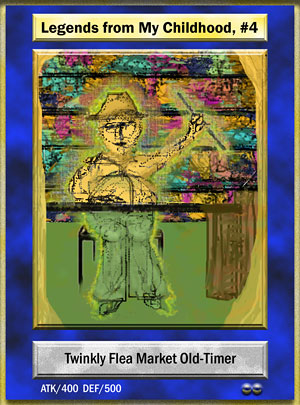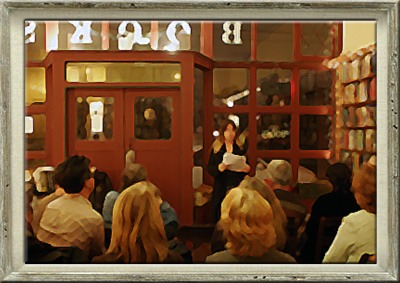Welcome!: This interview is part of an ongoing series of chats with artists about their creative process. You can find the full set of interviews, including musicians Van Dyke Parks and Jonathan Coulton, and SF Chron columnist Jon Carroll, all at www.about-creativity.com. You can also subscribe to future interviews here. Thanks a lot for dropping by, -Cecil

Photo credit: Scott Beale / laughingsquid.com.
In 2001, Ze Frank achieved net notoriety when a birthday party invitation entitled “How to Dance Properly” became an early viral video. This spark led to zefrank.com, home of a host of projects, including interactive flash toys, animations, essays, videos, and a wide variety of collaborative ventures. Over fifty million people have visited zefrank.com to date. From March 17, 2006 to March 17, 2007, he wrote, produced, and starred in The Show with zefrank, a wildly creative online daily video program.
Frank’s an adjunct professor at NYU’s Tisch School of the Arts, Parsons School of Design, and SUNY Purchase. As a speaker at events like the TED conference, PopTech, and Flash Forward, he covers topics ranging from the new creativity to contagious media to airplane-cabin safety cards.
We spoke in February 2007 as his year-long run on The Show neared its conclusion.
Ze Frank on the Web: zefrank.com, The Show with zefrank
Cecil Vortex: Are there any techniques that you use in your creative process that help you generate new ideas?
Ze Frank: Self-awareness is one of the big keys. If you read a lot of the psychology literature on creativity, one of the only real, solid correlations with being able to shift your creative output is the belief that you can change it. So for me — I think I picked this up in a Mihaly Csikszentmihalyi book — I’ve spent a long time just trying to figure out the kind of cycles that I go through, trying to pay attention to the different kinds of states that I find myself in.
There are times when I feel like I’m craving what I call unsolvable problems, and I have the kind of energy you need to move forward into uncharted territory and brave that side of things. And then there are other times when that seems like the most difficult chore in the world. So I’ve also gotten pretty comfortable knowing when I need to pick up solvable problems. Programming definitely fills that void for me. Also illustrating, doing little illustrations, things like that. This is a long-winded way of saying that I think I’ve got a range of techniques that feed into how I’m feeling at that particular moment.
CV: Do you have any day-to-day habits you rely on?
(more…)


